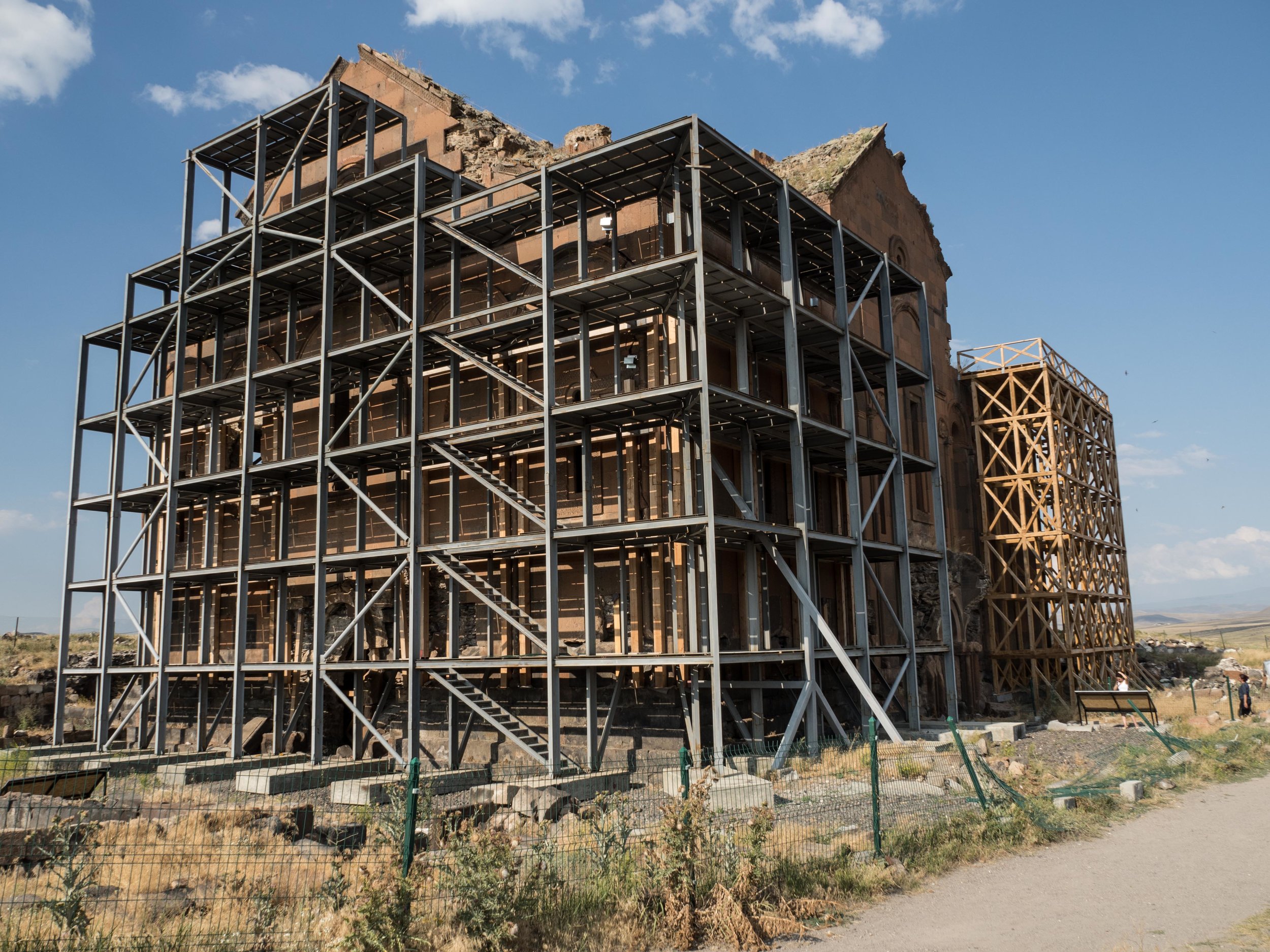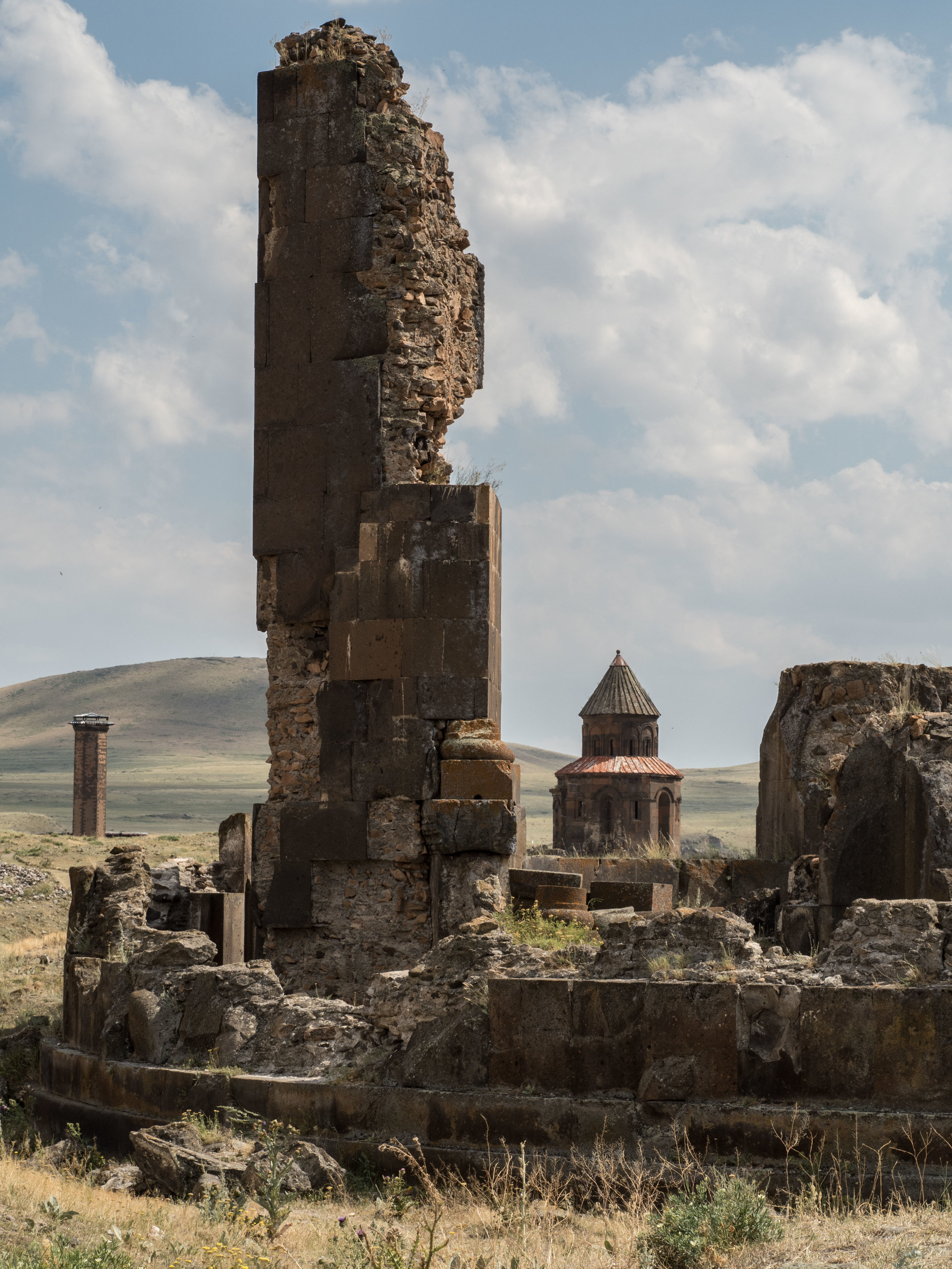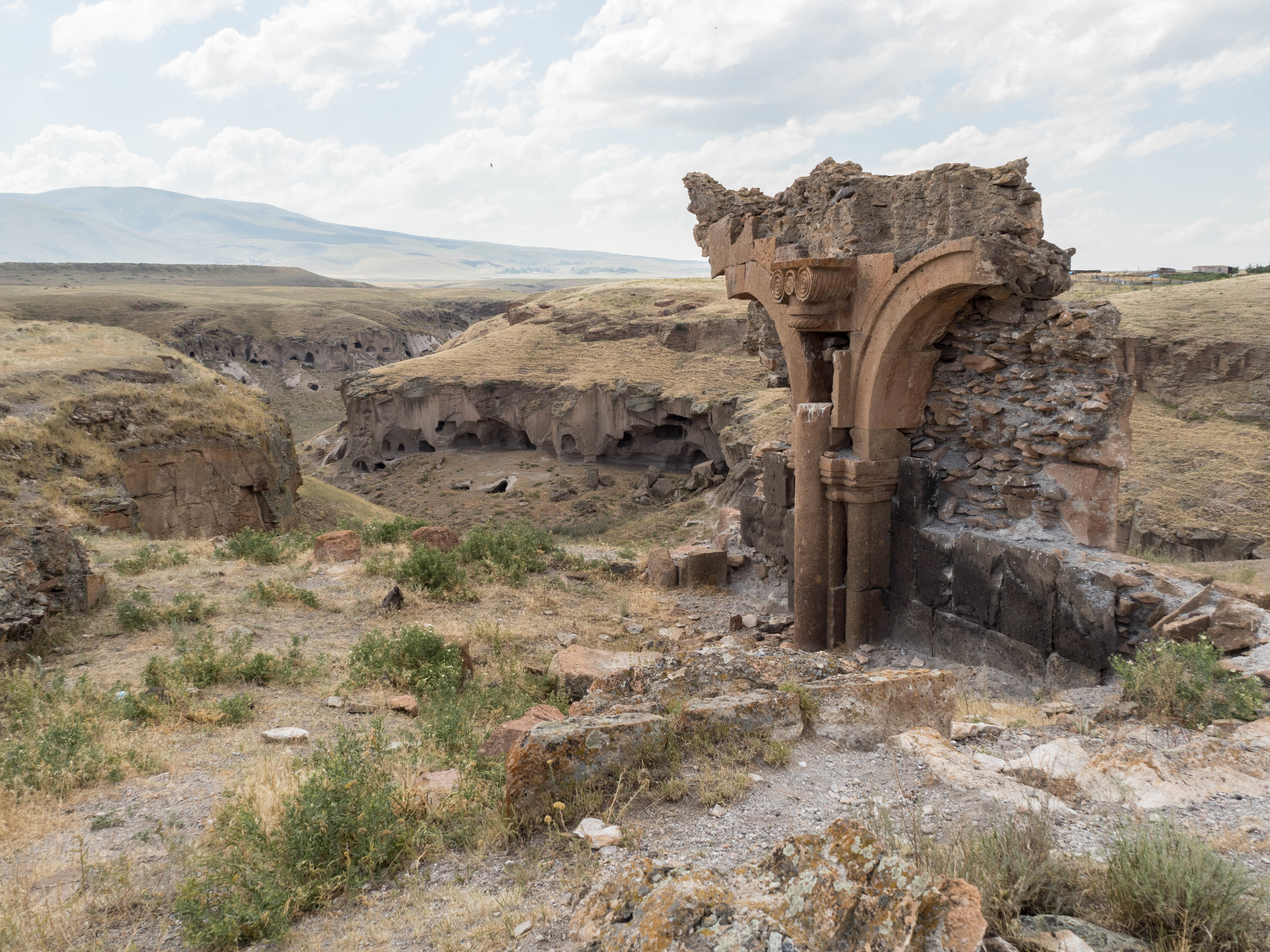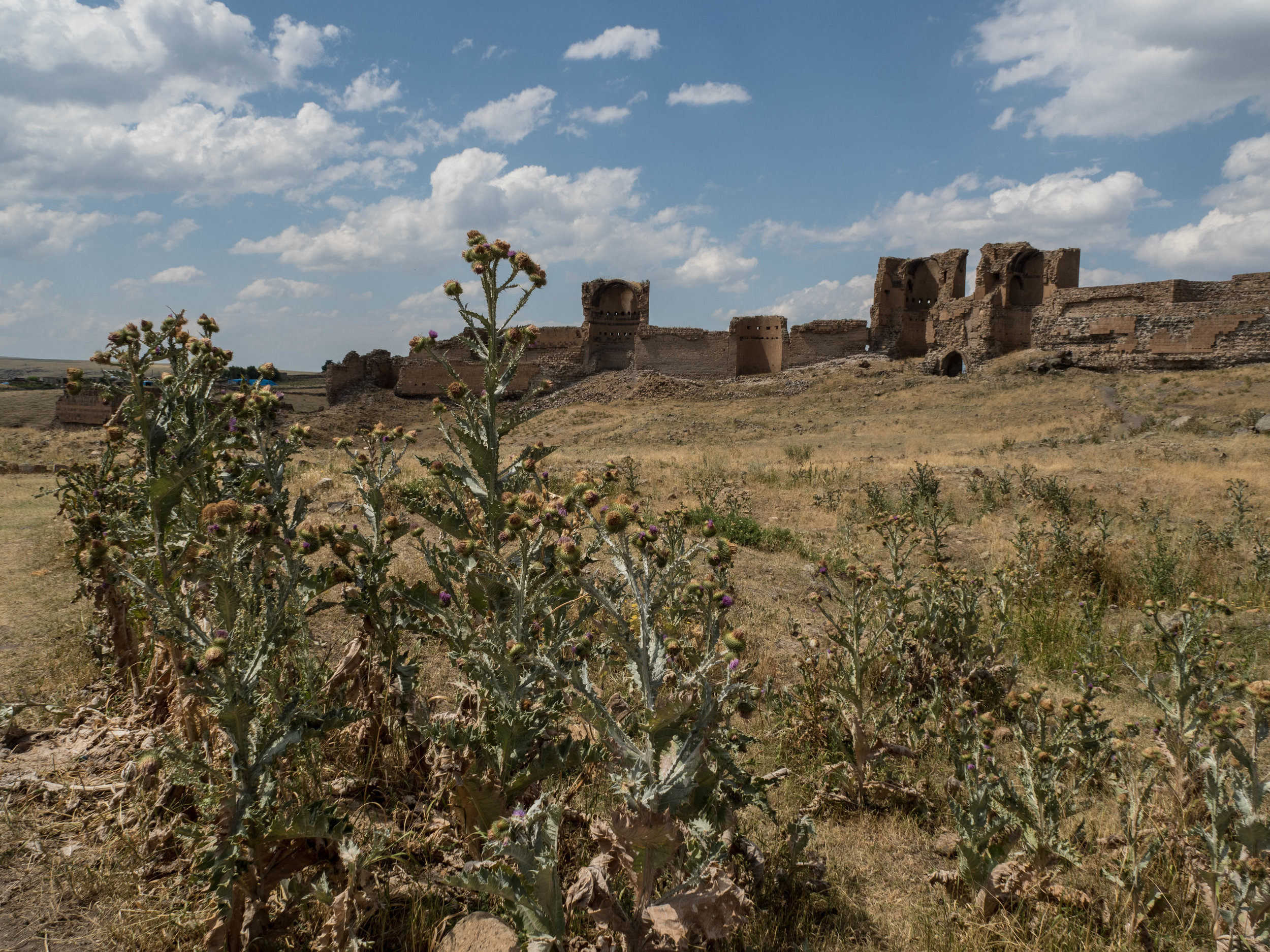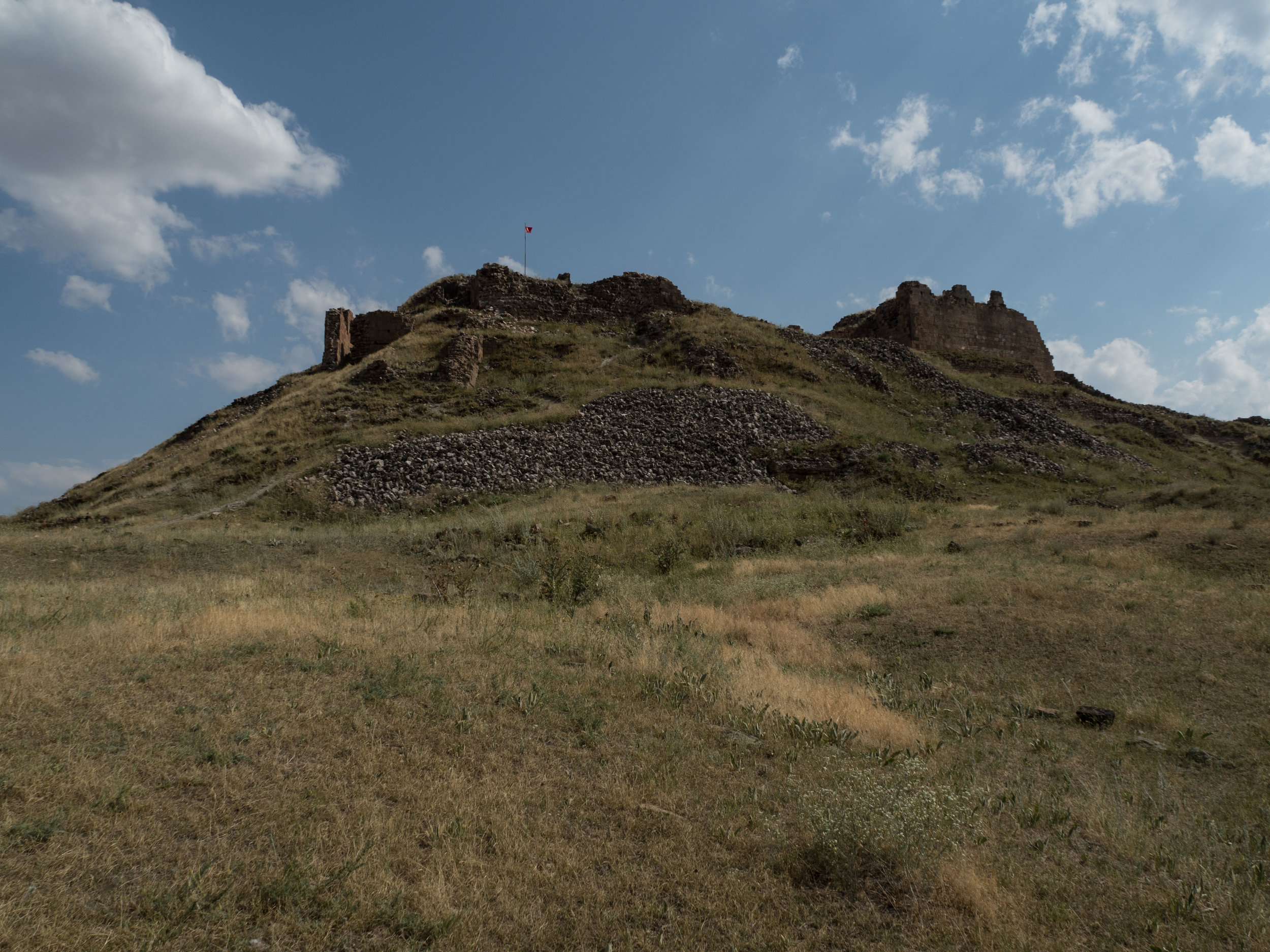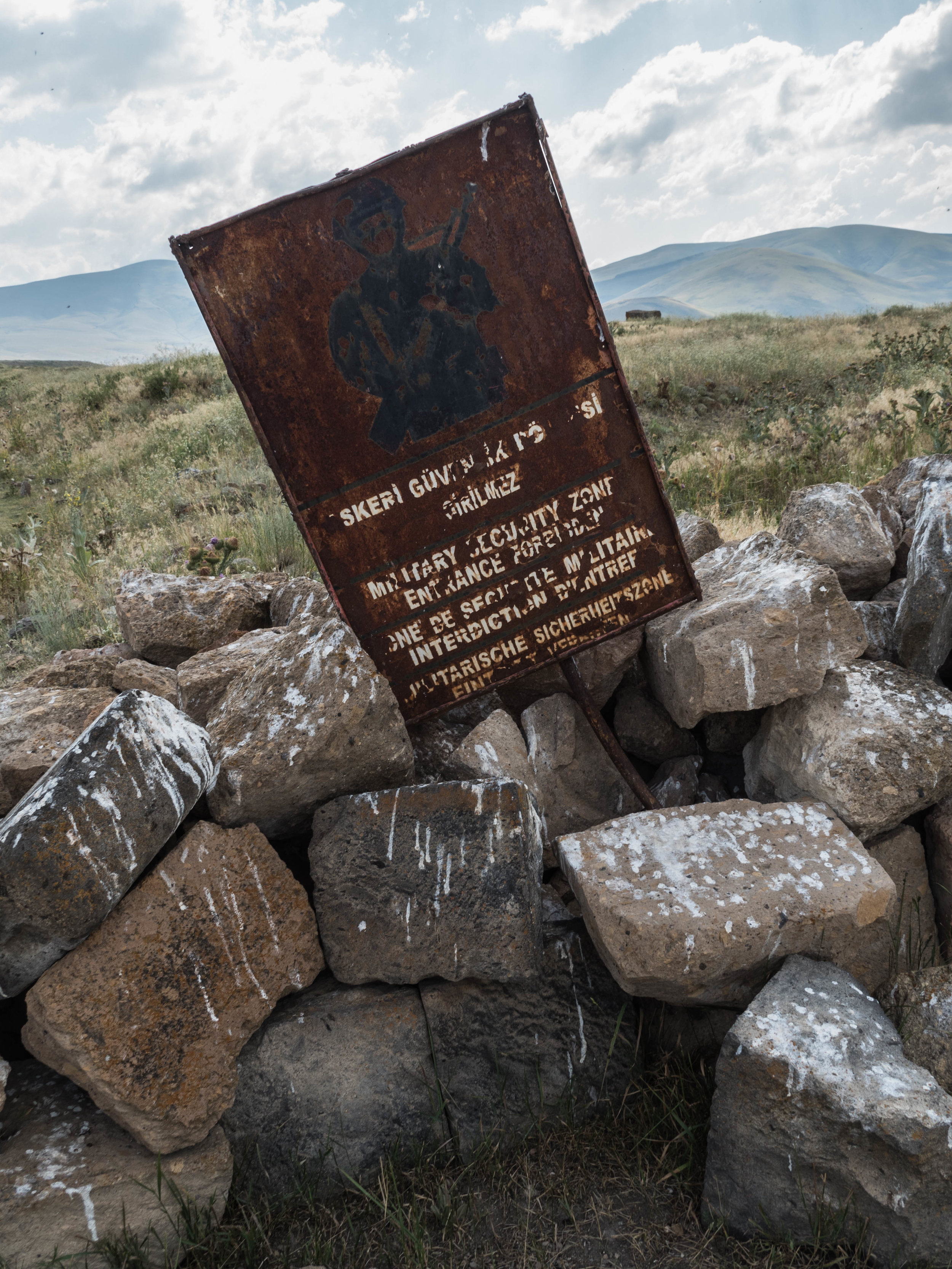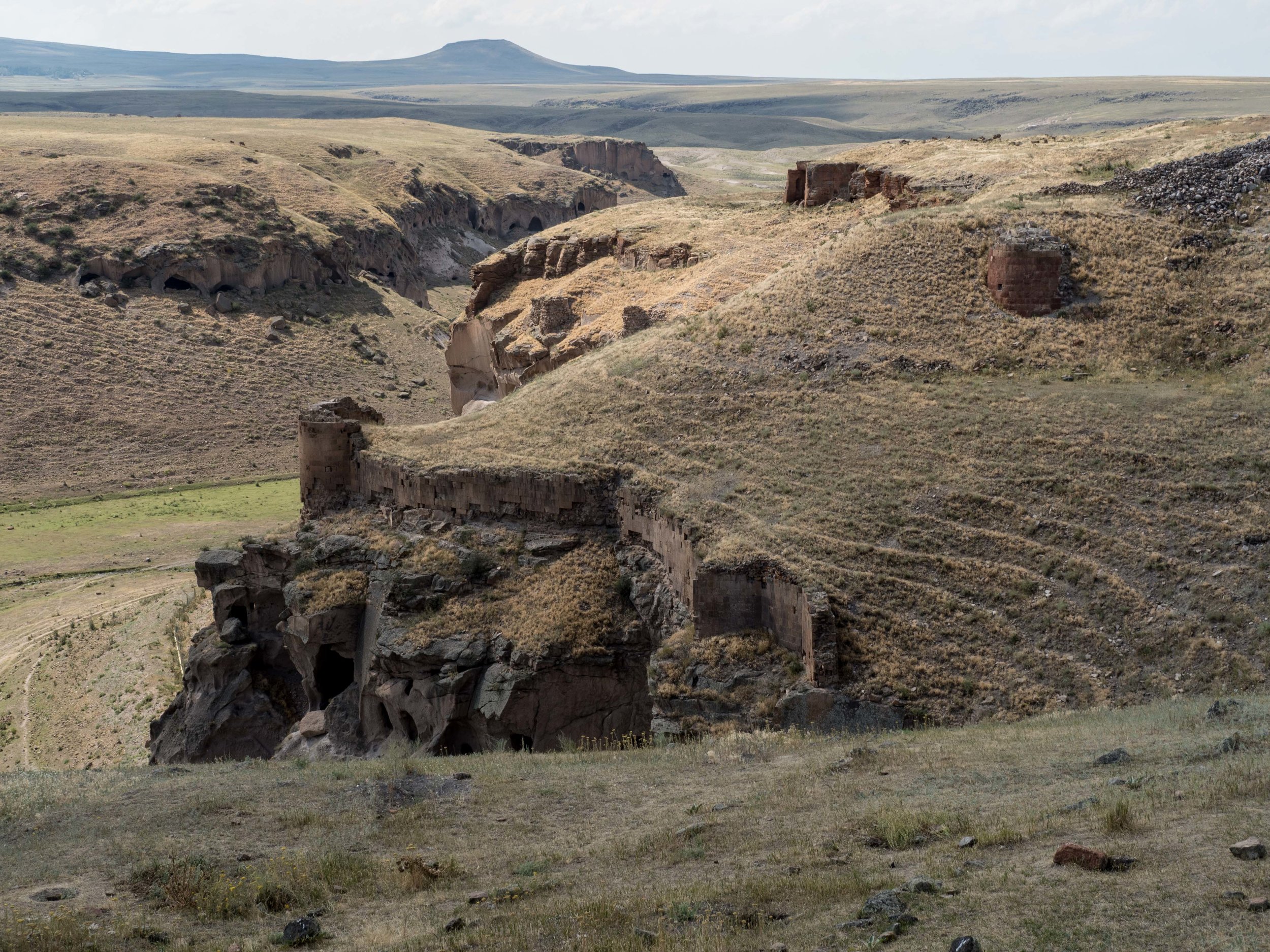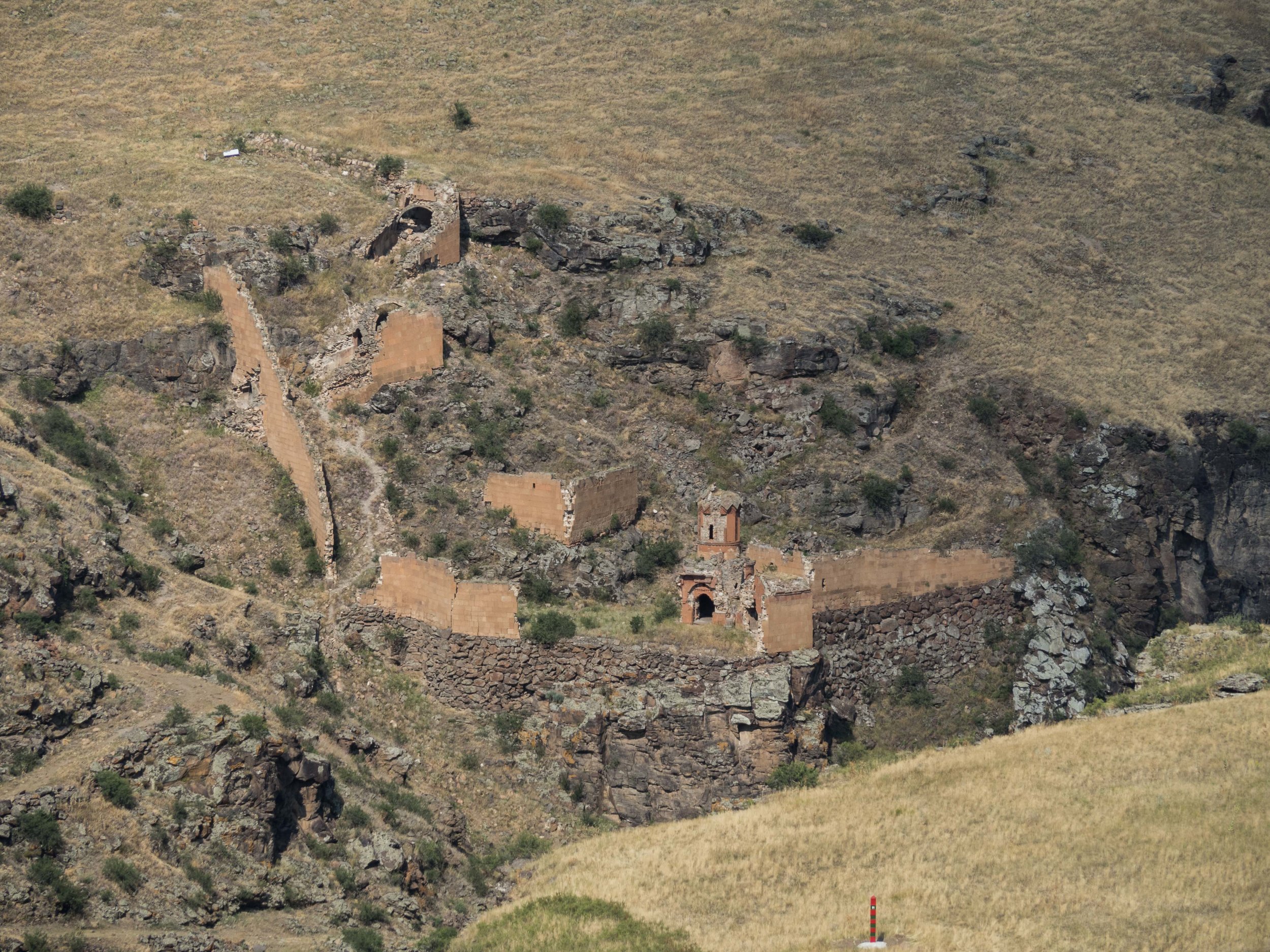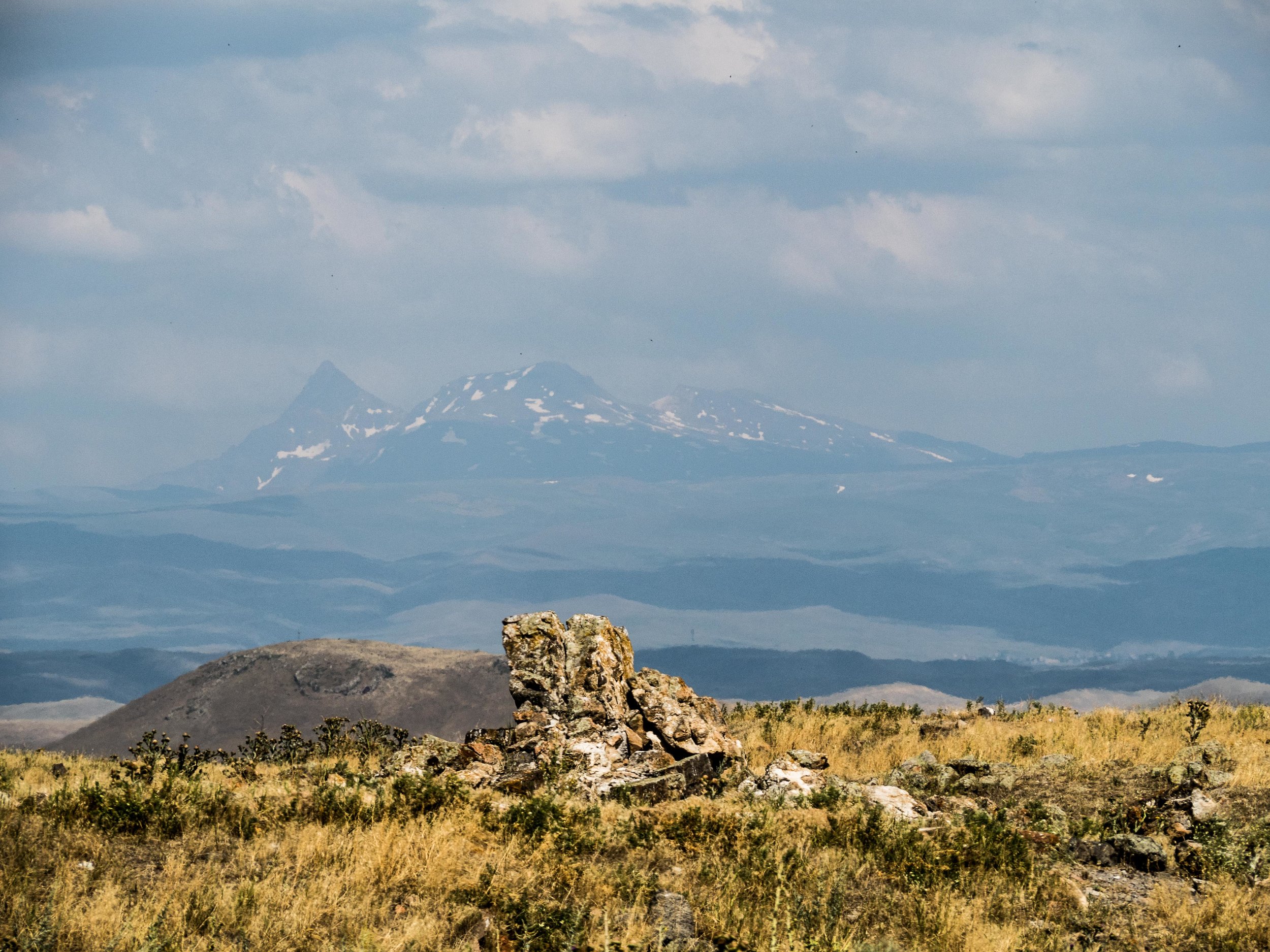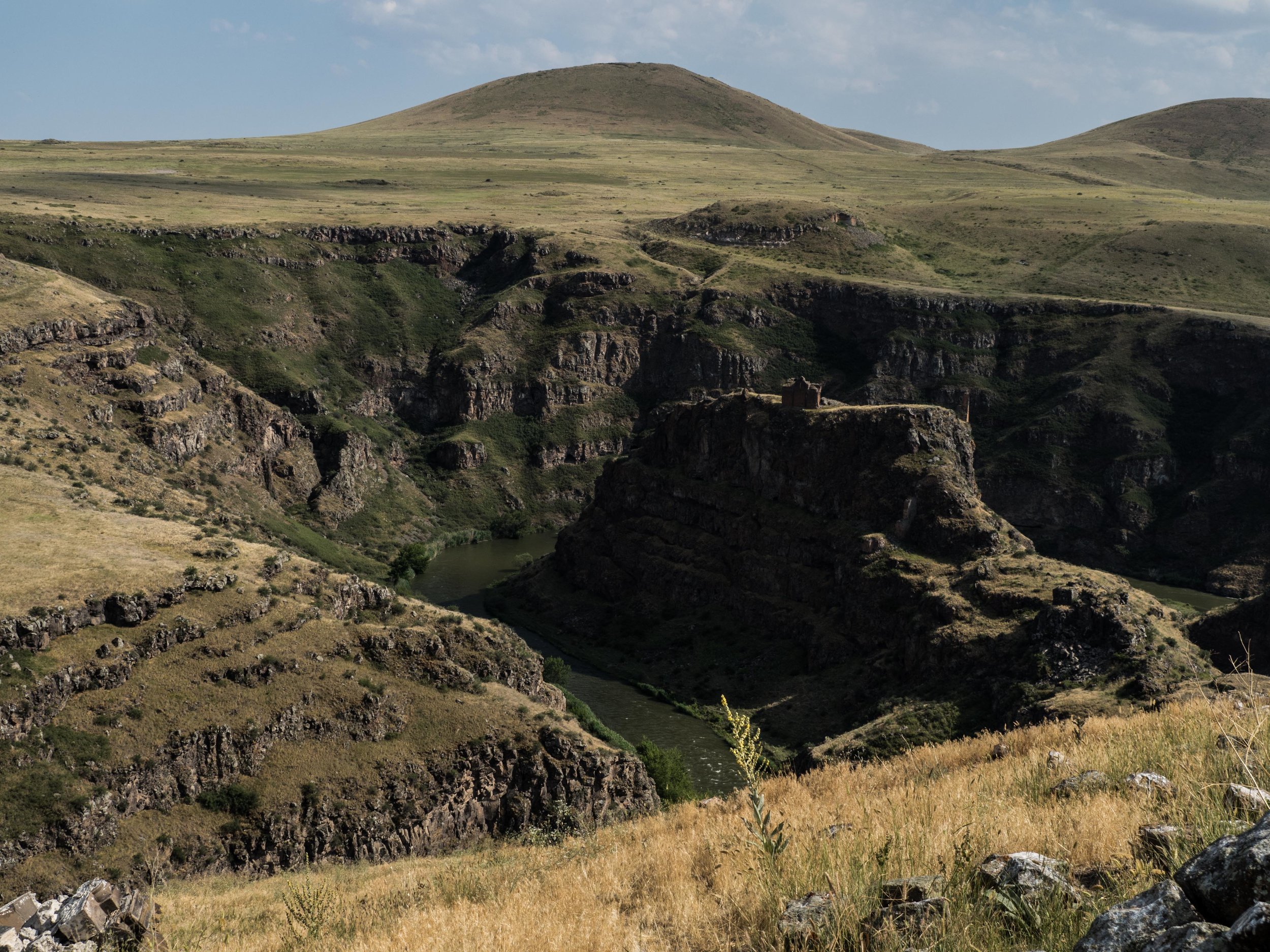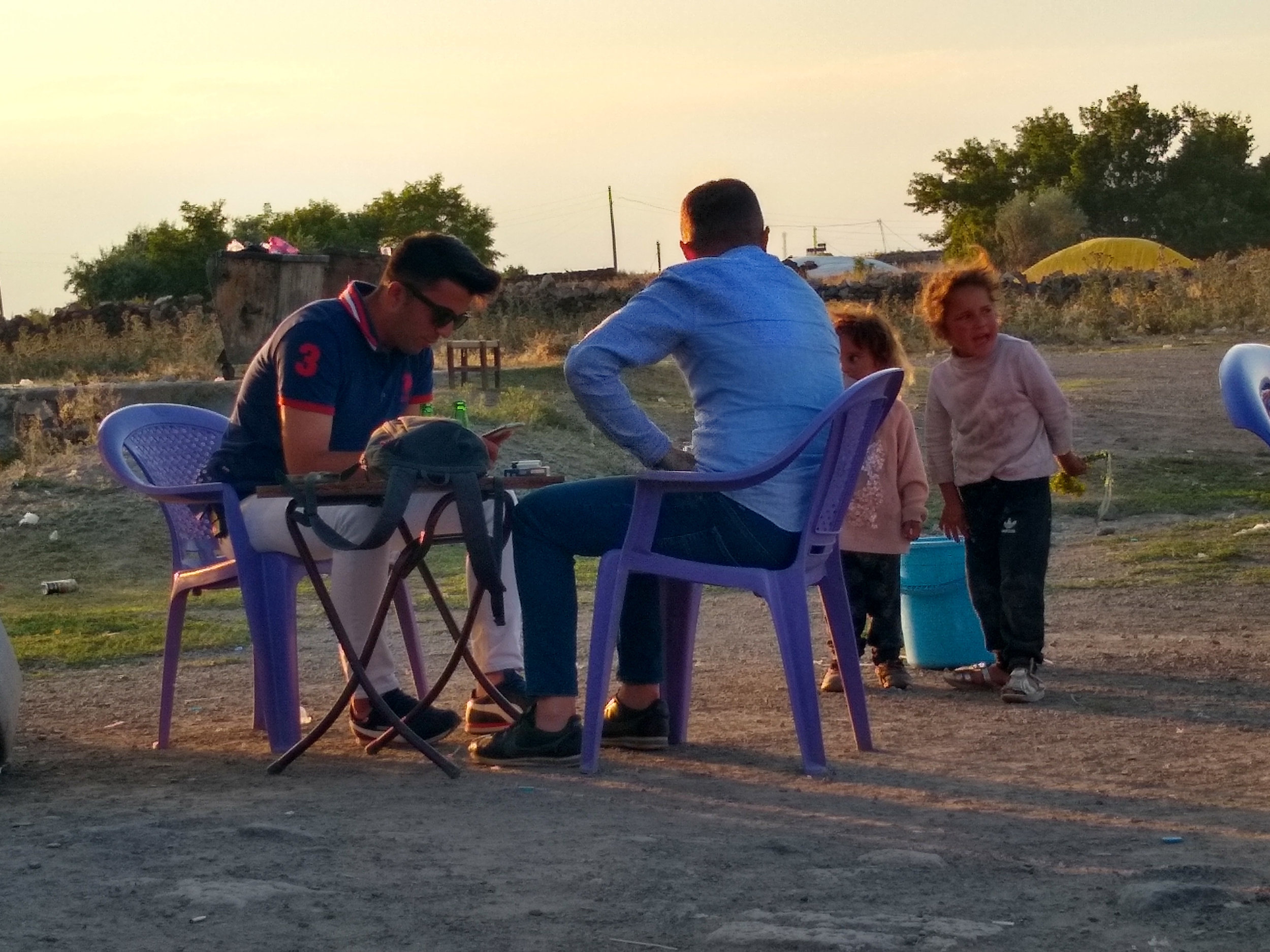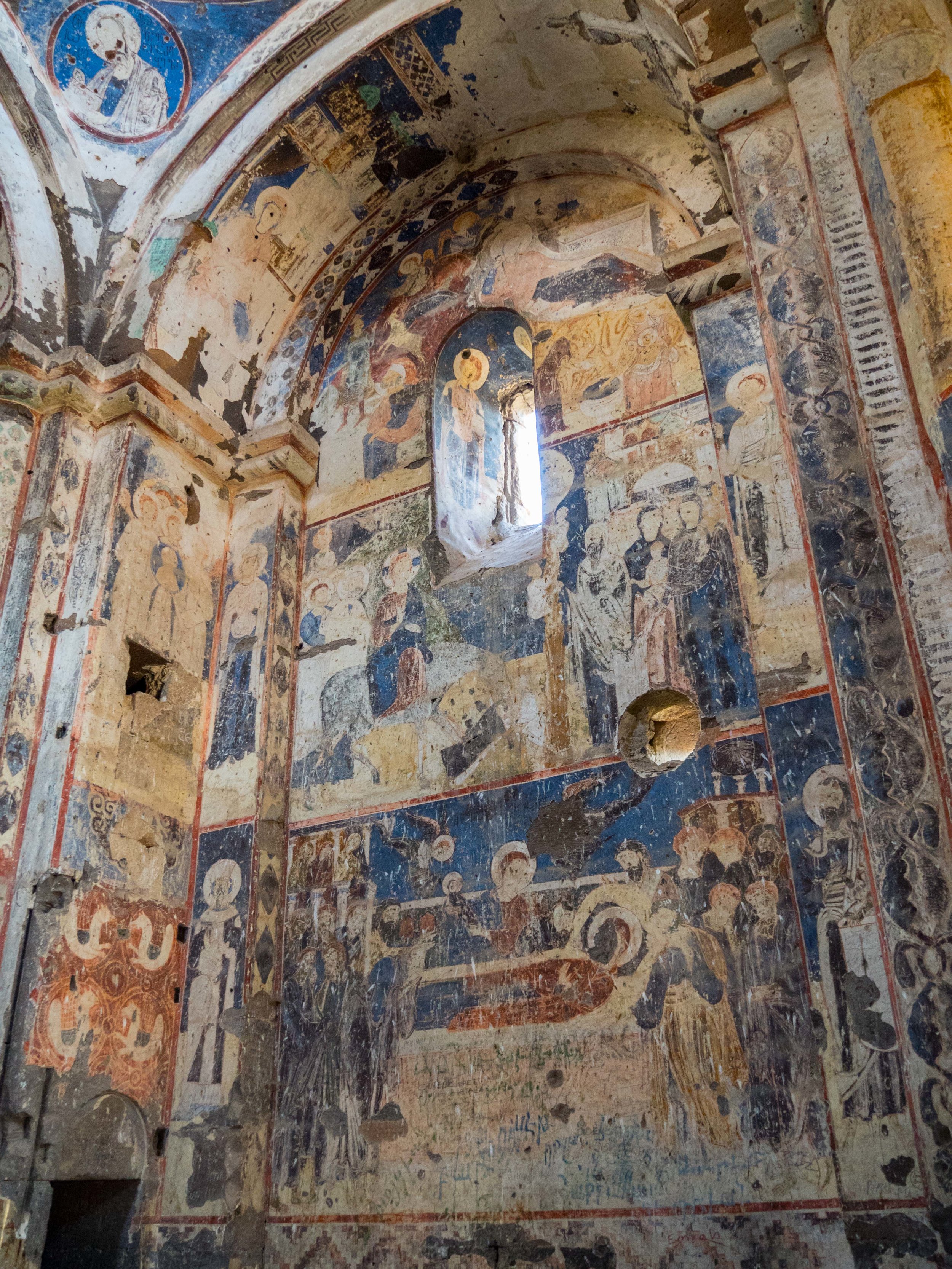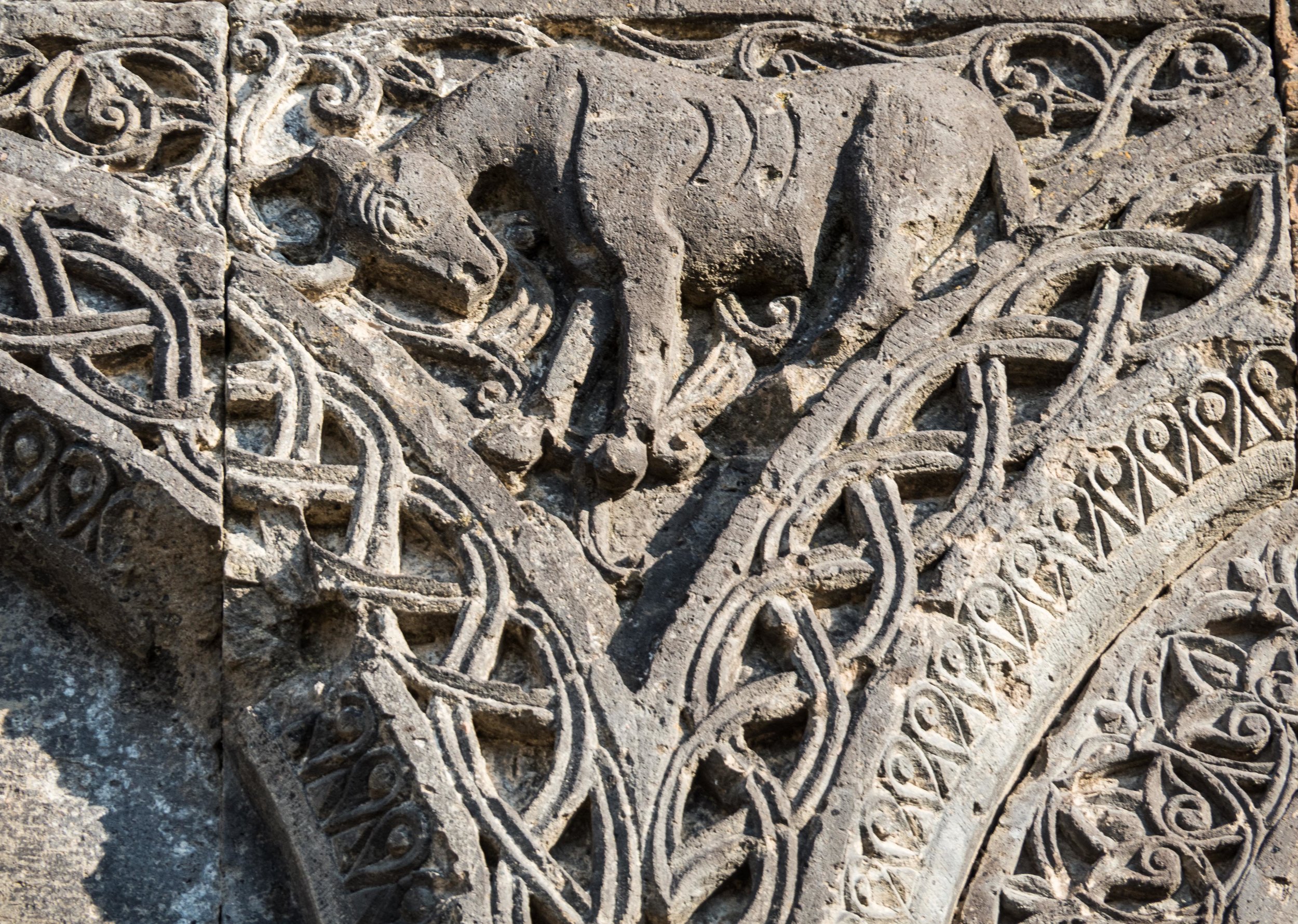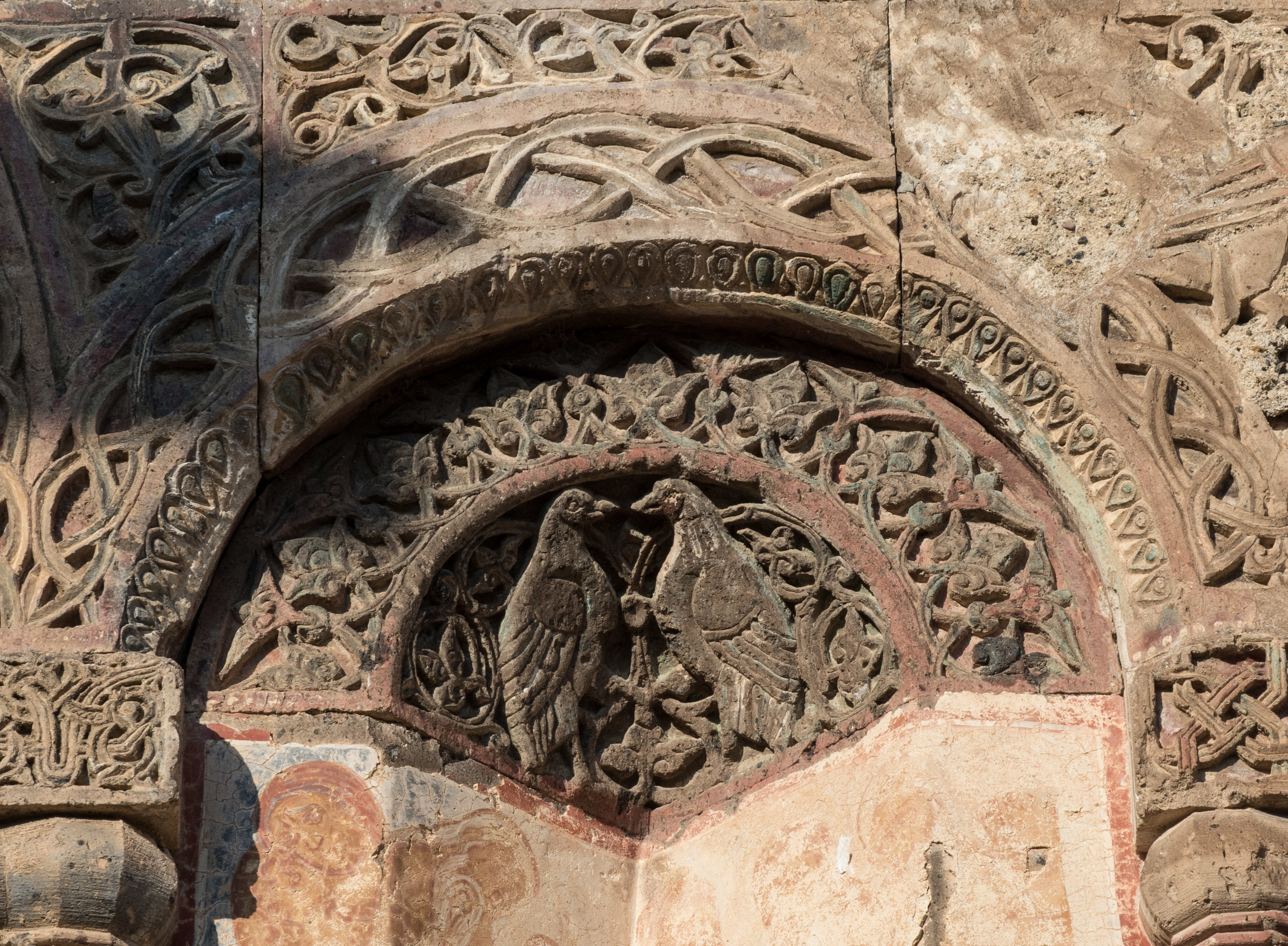Who has ever heard of Ani? I had not, until I literally stumbled across a short entry in a travel book on Turkey and my interest was piqued.
Ani is remote, far from any tourist center. It is a UNESCO world heritage site. It has a history. It is unique. In other words, it has all the ingredients that made me want to see it.
This trip to Turkey was not so much going along the conventional tourist routes anyhow. It was more a “filling in the gaps” kind of a trip for me. And so by the end of this trip — if you look at the map — I went from the far Western border (Troy) to the most Southern border (Gobekli Tepe), to the most Eastern border (Ani), and will end up in the middle (Konya and Goreme). And in between all these destinations I ended up in Istanbul several times. It was my headquarters, for some work days, to drop off excess luggage, and to regroup a bit.
And as it so happened, I seemed to be on the track of ancient monuments this trip.
Ani has its roots in the 10th century, as you can read up when you follow the link. War, successive empires (Armenians, Byzantines, Seljuks, and finally the Mongols) put the city’s survival power to the test. But it was ultimately a huge earthquake that gave the city its final blow in the 14th century. At the museum in Kars yesterday, I got a small taste of the quality of craftsmanship I might find at Ani.
Kars Museum Relief Panel
At one point, Ani was on the Silk Road. Much of its wealth was derived from its location and trade. A silly old sign at the Open Air Museum still points you to the river saying “Silk Road”! No, the silk road shifted long ago and that contributed to Ani’s decline.
Ani — Former Silk Road Bridge — Now, border with Armenia. (off limits)
Surely, the earthquake provided a quarry again to the locals, and much of the rubble of the ordinary houses is gone, but enough of the public buildings (churches, a mosque, the bazaar, a bath, a temple, a bridge, a castle and a fortress) remain today. These buildings are spread over a sizable area and like ghosts rise above the thistles and the rough paths.
I am sure, about 20 other tourists were on site at any given time while I was there, but I hardly saw any of them. The short tour that is recommended at 30 minutes, is for those in a hurry. You walk up a central path and from a distance can see most of the buildings. I have no idea how Ani can be appreciated like this…
The standard tour is about 90-120 minutes. That is the recommended waiting time for a taxi and the allowance you get when you come with the public bus. But without any problem, I spent 5.5 hours there… That meant I actually walked the site from one end to the other, stopped at every building, went into each of them and around each of them, and took pictures. I did climb the fortress at the far end, and circled down the slope as far as the museum parameters allowed. I took one 10-minute break after the fortress climb. 5-6 hours are definitely not too much time if you are there once, for the first time, or actually want to see what there is to see.
But because I went to all the outskirts of the museum, for 10-20 minutes at times, I would not see another soul. It is an absolutely magnificent feeling to walk in the midst of these buildings, listening to the birds, the bats (once you are inside a building), the crickets, or the wind.
City Walls (Interior) and Thistles
Ani is situated on top of a hill that is fortifying it naturally 2/3 around. But impressive parts of the former city walls that protected the city for the remaining 1/3, remain. Some of them have been heavily restored on the outside. There is a central plain you walk on, but some buildings are situated a bit further down; a palace, a bridge, a church.
Restored City Walls — Exterior (in the evening sun)
And at the end of the site there is a mountain with a fortress. From there you look down towards a canyon with a river: the border with Armenia! For some time, Ani was actually a military zone and when it became a museum, several areas were off limit to visitors. It was a bit of a hazy day, but in the distance I could spot a mountain peak that was the holy mountain Ararat. Ararat is the holy Armenian mountain and Ani was after all once the capitol of Armenia. What a special place!
Two public buses go from Kars to Ani. One leaves at 9 AM and returns at 11:30. The same bus then turns around and goes to Ani one more time at 1 PM and returns at 3:30. Since that would have given me a mere 90 minutes for my visit, I had told one of the other visitors that they would not have to wait or worry about me. I would hitch-hike back.
That’s why I did not want to be the last one out of the museum and at the end of the day even had to hurry up. About 7 cars were still in the parking lot, but most of them had come with a full load. I had my eye on two young guys who for some reason arrived very late, chatted with the guards, and almost immediately turned around and sat down for a cup of tea. They spoke no English and were confused when I approached them. A young man from the souvenir stall filled in as a translator and somewhat reluctantly, they agreed to take me back to Kars.
Two plain-clothes border patrol officers having tea.
They were on the phone a lot. And half way back, all of a sudden, the driver turned the car around 180 and was about to drive back. Something was going on. I got out my phone, they got out their phones and we “talked”. They were actually plain-clothed border police! They had been called back to their headquarters for some reason.
But they were kind enough to not leave me stranded even though I told them that I could and would fend for myself. They stopped the next car and handed me off. Now that car was a small van and they definitely had room for me, but they were even more reluctant than the two guys had been to take me along! But the police guys were not taking no for an answer and practically shoved me into their van. At least I was off their backs. That’s probably all they cared about at that moment.
Three rural and rough looking middle-aged guys were in the car along with one woman. None of them even took notice of me, or looked at me. They had gotten stuck with me; not their problem. Within seconds, the three guys were arguing loudly and the woman started wailing hysterically. You have no idea how uncomfortable I was!
Was this a family feud? They were driving like devils.
Was this an emergency? Why were they in such a hurry?
Was this a death in the family?
Perhaps, a plane to catch?
The guys completely ignored the woman and were just talking loudly and aggressively to each other as if in disagreement about everything anyone of them said.
And then the woman next to me — who just kept howling and crying — also held her stomach as if in horrible pain. That’s when I got really scared! Was she sick? Contagious, perhaps?! Were they rushing her to the hospital?
How I wished, I could have just gotten out of that car! Finally, and without a word, they came to a screeching halt and pointed to the door. I had to go straight and they were taking a turn. Whew! I was out, even if in the middle of nowhere.
A laid-back farmer took me into the town from there, and the rest of the way I walked, following the minarets that pointed the way back to my golden lion street landmark.
For a long time I washed my hands and later my clothes, to get rid of any possible germs I might have come in contact with. She probably wasn’t sick. But something was very, very odd about that car full of people.
I needed a beer. Thankfully, one of those specially licensed liquor stores was nearby.
I wish I had a recording of that woman. I could have played this for my deaf hotel manager and he might have solved the mystery for me.
But I didn’t and so the mystery will remain.
P.S. Here is my favorite church at the site: another St. George, down at the slope near the river and missed by many…



